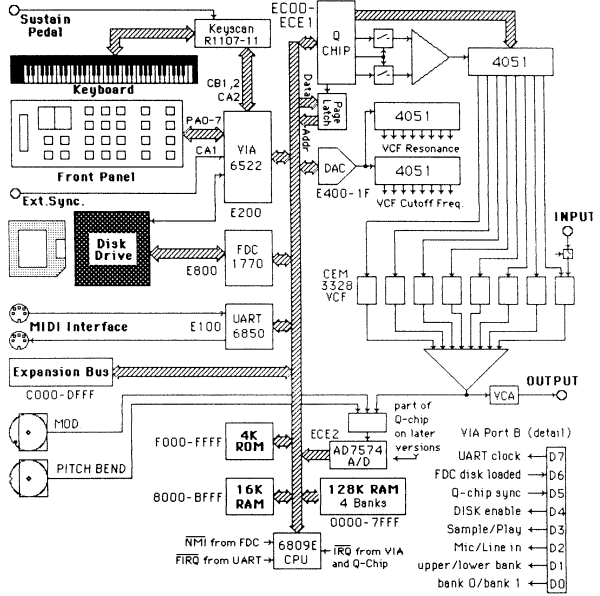Just being a nit, the Mirage has software envelopes. Analogue filters, yes, analogue eg, no. Even the famous Emu Emulator which preceded the Mirage and, IIRC, cost more than twice as much on release, used software envelopes. Believe it or not, even the Fairlight CMI uses software envelopes. I might be mistaken, but I can't recall a single production sampler that didn't use software envelopes.budweiser wrote:Old harware samplers, mostly 8 & 12 bit with analog filters & analog adsr. Found nothing in the software world that sounds like my mirage (ensoniq), emax (1 - emu) or asr (even if the asr is 16 bit fully digital). A single soft synth bass note resampled in the mirage is just whou-ou
By 1982, some analog synths had software envelopes, e.g., the Prophet 600. By 1984, they were fast/cheap enough such that they were satisfactory for almost all analog synths. For example, the Jupiter 6 came out in 1983, the Juno 106 in 1984. The Jupiter 8 was Roland's last flagship synth with hardware envelopes and Moog stuck with hardware envelopes until the end. But samplers were much more dependent on computer hardware speed so I suspect that software envelopes were largely viewed as a "no-brainer."
Perhaps a production hardware eg sampler existed, and I'm missing it, but, of the ones that immediately come to mind, Ensoniq Mirage, SCI P2k, P3k, Korg DSI, DSM all used software envelopes.




